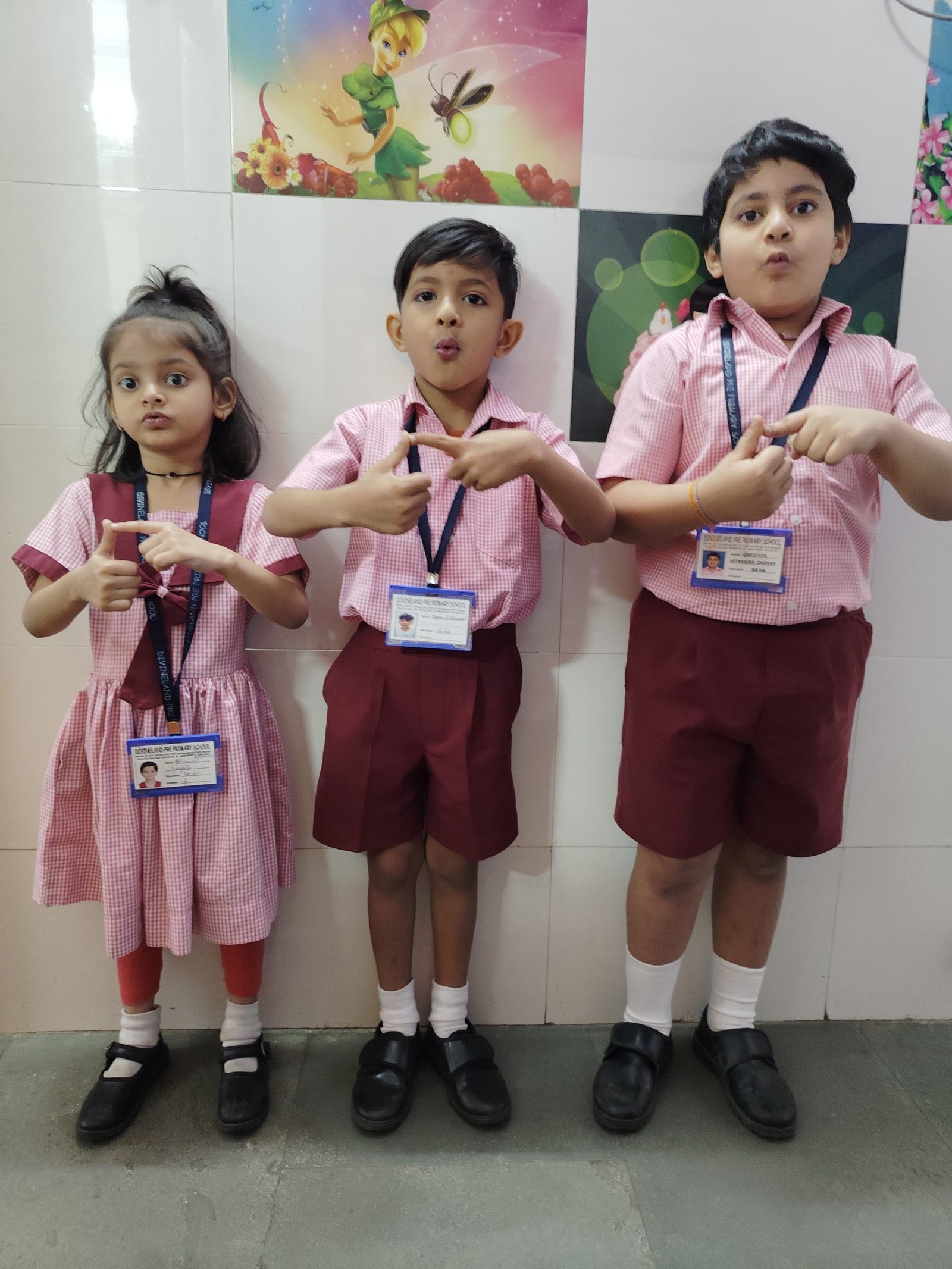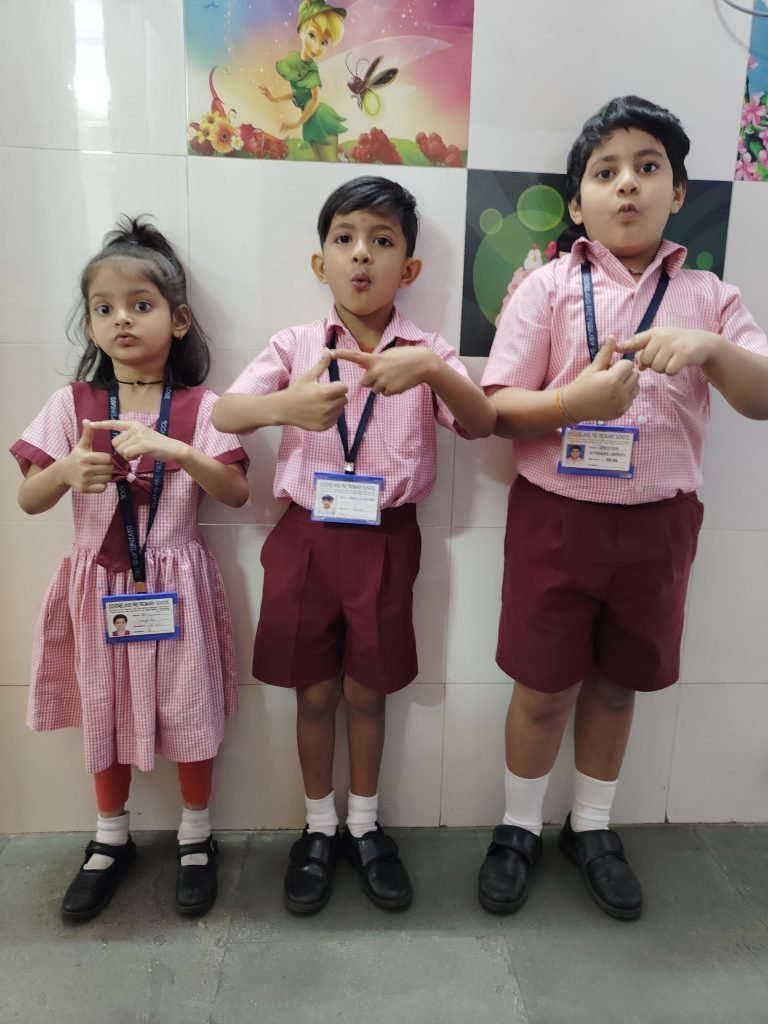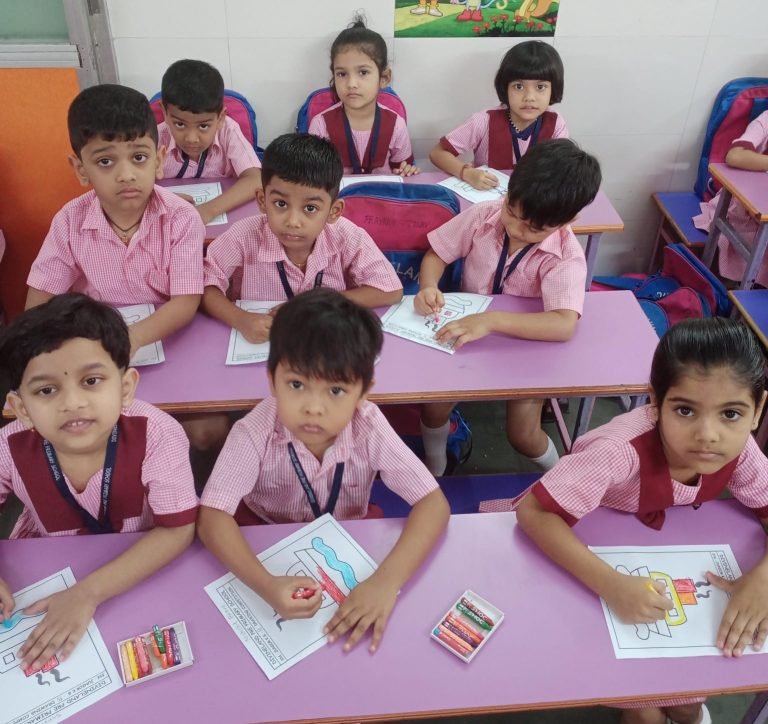
Understanding how kids learn early literacy concepts sets the base for future reading and writing success. Teaching Letters and Sounds helps students recognize alphabets, connect them with phonetic patterns and develop the skills they need for confident communication. This engaging process involves fun learning, multisensory methods, and meaningful repetition that spark curiosity and language growth.
Why Teaching Letters and Sounds Matters in Early Learning?
Teaching letters and sounds is most important part of early literacy development. It provides preschoolers with the necessary tools to understand how spoken words link to written symbols, forming the base for reading and writing. Through fun and structured knowledge, kids begin to identify that each alphabets represents a particular sound, helping them to understand and make words confidently.
Here’s why Teaching Letters and Sounds is important in early learning:
Builds Phonemic Awareness
Teaching Phonics Sounds helps students to listen, name and use the exact sounds in words. This awareness helps them learn the ability to mix and separate sounds, a skill important for easy reading.
Expands Vocabulary
Kids begin to identify new words easily, when they connect sounds to letters. This builds their vocabulary and deepens their understanding of language patterns.
Develops Reading Fluency
Regular practice in Teaching Letters and Sounds allows kids to read smoothly and correctly, reducing pauses or confusion when coming across new words.
Connects Spoken and Written Language
Early exposure ties the gap between spoken communication and print, making reading and writing a natural development.
Supports Long-Term Learning
Teaching Letters and Sounds builds a lasting impact by improving spelling correctness, understanding and communication confidence. These skills form the building blocks for future academic success.
Teaching Letters and Sounds daily is the first step toward strong literacy. It helps young readers become confident, expressive, and excited about reading.
For Admission Details, Call or Whastapp on +919082778593 / +918591021373.
Click Here, for Downloading the brochure!

Fun and Effective Strategies
Engaging preschoolers in Teaching Letters and Sounds requires creativity, regularity and a touch of play. Children grasp literacy concepts best through hands-on experiences that stimulate their senses and curiosity. Making Teaching Letters and Sounds enjoyable encourages participation and helps them keep in mind what they learn naturally.
Using Sensory and Visual Aids
Sensory aids make Teaching Letters and Sounds a tangible experience. Kids can feel and see letter shapes while hearing their sounds using sandpaper letters, flashcards, clay and picture charts. Finding letters with different textures or making letters out of clay improves fine motor skills and builds letter recognition.
Playing Phonics-Based Sound Games
Fun Games like “Sound Hunt” or “Guess the Beginning Sound” teach kids to pay attention to identifying sounds in known words. Teaching Letters and Sounds becomes a fun habit instead of a task when kids are regularly exposed to play-based activities.
Singing Rhymes and Alphabet Songs
Music is a powerful memory tool. Singing songs that stress on the sounds and letters helps kids learn phonetic patterns easily. Teaching Letters and Sounds using songs and movement is reinforced by rhymes like “B is for Ball,” which link rhythm with repetition.
Connecting Letters with Real-Life Objects
Linking letters to real-world objects gives meaning to Teaching Letters and Sounds. For example, showing a banana while saying “B” helps students visualize and say the sound clearly. This approach makes different letters more concrete and relatable.
Gradual Blending and Segmenting Practice
Students can start blending sounds into small words like “cat” or “sun” Once they have mastered individual sounds. Splitting words into different sounds builds decoding ability. Step-by-step Teaching Letters and Sounds in this way supports reading readiness efficiently.
Using Interactive Apps or Videos
Technology adds excitement to Teaching Letters and Sounds. Animated videos and tracing apps provide repetition, visuals and feedback right away. These digital tools keep learning more interesting and allow you to go at your own speed.
Parental Involvement
By parents Teaching Letters and Sounds beyond the classroom by reading loudly, recognizing letters in books or signs and practicing sounds during daily routines. Daily encouragement at home ensures steady progress and confidence.
Teaching letters and sounds to pre-schoolers sets the base for confident reading and writing. A nurturing environment filled with engaging phonics activities helps kids to understand language naturally. At Divineland Pre Primary School, skilled teachers guide every child through fun, structured learning that builds literacy and communication skills. Give your child an amazing start to lifelong learning, enrol at Divineland Pre Primary School today and witness their love for letters and sounds grow beautifully every day.
Give your child a strong start in reading at Divineland Pre Primary School!
For Admission Details, Call or Whastapp on +919082778593 / +918591021373.
Click Here, for Downloading the brochure!
FAQs
Why is Teaching Letters and Sounds Important for Preschoolers?
It builds early reading skills, improves phonemic awareness and helps students identify and connect sounds to written letters easily.
What is the Best Way to Teach Letter Sounds to Preschoolers?
Practice songs, stories and phonics games that connect each sound with visual signs and words for better memory and engagement.
When should Preschoolers Start Learning Letters and Sounds?
Around age 3–4, when they show interest in words and books. Early learning makes reading and spelling easier later on.


